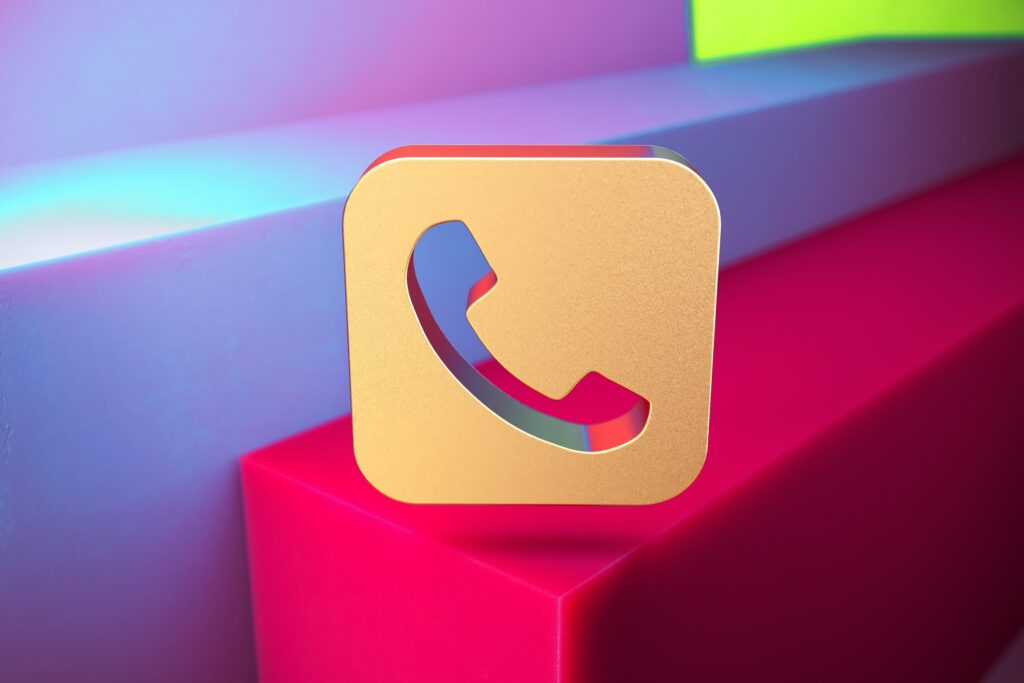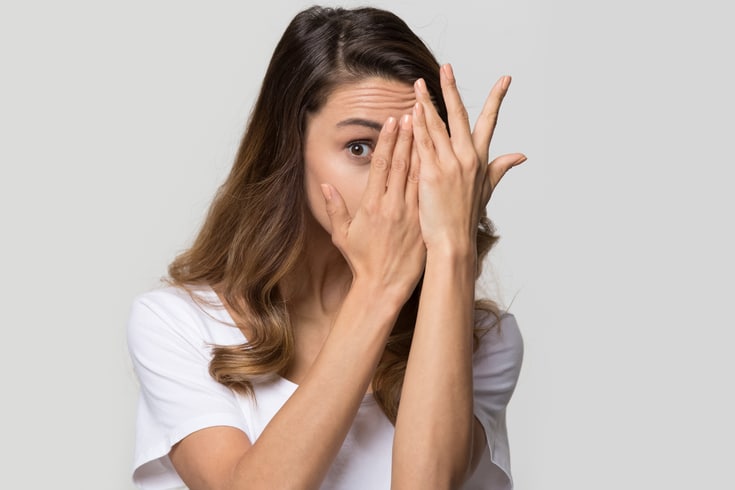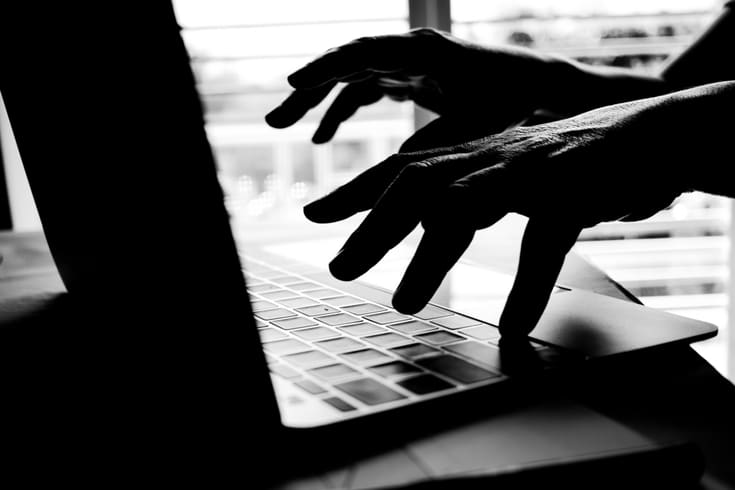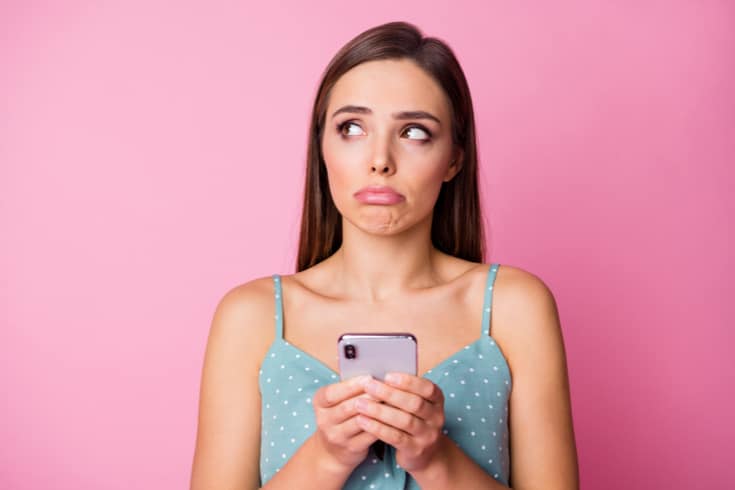Does Quoting Screenshots from Twitter Constitute Copyright Infringement? Explaining the 2023 Verdict
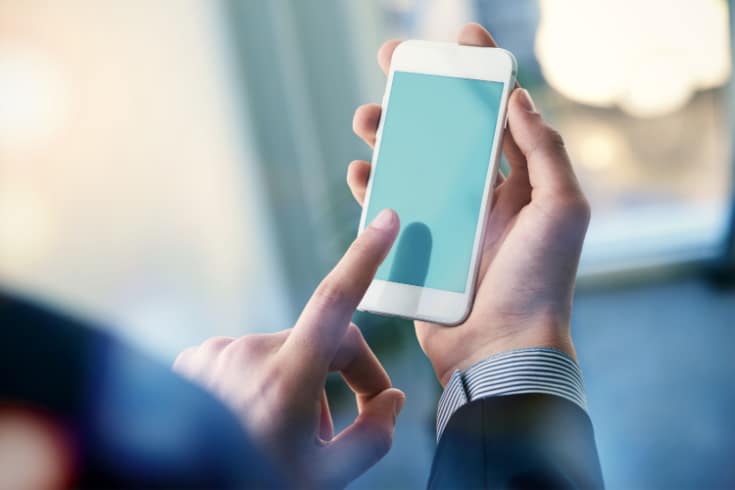
As a general rule, if you want to use someone else’s copyrighted work, you need to obtain permission from the copyright holder. Unauthorized duplication or public transmission of someone else’s copyrighted work infringes on the rights of the copyright holder, such as the right to reproduce and the right to transmit to the public.
However, if it falls under the legal “quotation” under the Japanese Copyright Law, it is not considered a copyright infringement even without the consent of the copyright holder.
So, does tweeting with a screenshot of someone else’s tweet constitute a copyright infringement? There is a precedent regarding this issue.
In the first instance (Tokyo District Court judgment on December 10, 2023), much attention was drawn to the court’s determination that using screenshots on Twitter amounted to copyright infringement. However, on April 13, 2023, a completely opposite judgment was handed down in the appeal trial (Intellectual Property High Court judgment), which garnered significant attention.
In this article, a lawyer will explain the key points of the Intellectual Property High Court judgment on April 13, 2023 (Reiwa 5), and the points to note when quoting copyrighted works on the Internet.
Is Attaching a Screenshot of Twitter a Copyright Infringement?
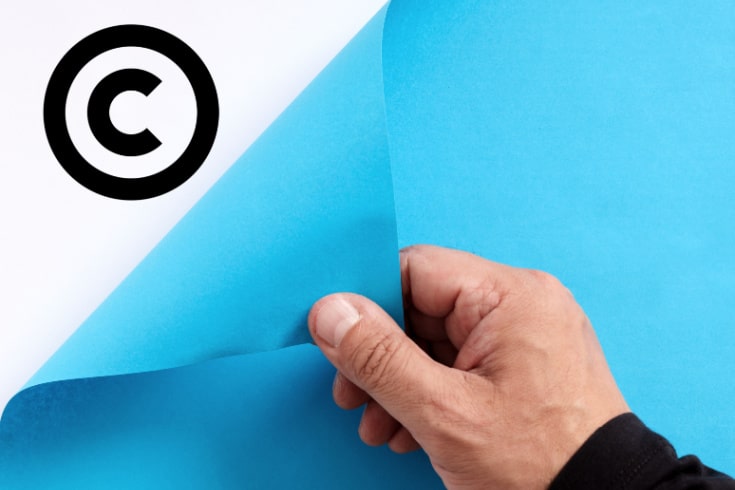
The case began when the plaintiff claimed that a post with a screenshot of their own tweet on Twitter from March 18 to March 21, 2021, was a copyright infringement. The plaintiff then filed a request for disclosure of sender information against NTT Docomo based on Article 4, Paragraph 1 of the ‘Japanese Provider Liability Limitation Act’ to identify the anonymous sender.
The contention points in this case were:
- Whether tweeting with a screenshot attached constitutes a ‘quotation’
- Whether such tweets comply with ‘fair practice’
These were the issues.
In the first instance Tokyo District Court decision (December 10, 2021 (Reiwa 3)), it was ruled that quoting by attaching a screenshot image without using the retweet function provided by Twitter and violating Twitter’s terms was not in line with fair practice and did not meet the requirements for quotation stipulated in Article 32, Paragraph 1 of the ‘Japanese Copyright Act’, thus acknowledging copyright infringement.
In response, the defendant, NTT Docomo, Inc., appealed. In the Intellectual Property High Court decision on appeal (April 13, 2023), it was ruled that “the method of quoting by attaching a screenshot can be considered as fair practice under Article 32, Paragraph 1 of the ‘Japanese Copyright Act'”, and the opposite judgment was made that the said post does not constitute copyright infringement. As a result, the disclosure of the sender’s information was not achieved. (Intellectual Property High Court decision, April 13, 2023)
Now, let’s explain the points of the judgments of each court that made different decisions on whether quoting by attaching a screenshot image constitutes copyright infringement, regarding the success or failure of lawful quotation under the ‘Japanese Copyright Act’.
Judgment of the original trial (Tokyo District Court) acknowledging copyright infringement
In the first instance judgment of the Tokyo District Court (December 10, Reiwa 3 (2021)), it was ruled that posts with attached screenshots of other people’s tweets violate Twitter’s terms of use by not using the official RT (retweet) function, do not conform to fair practices, and do not meet the requirements for citation stipulated in Article 32, Paragraph 1 of the Japanese Copyright Law. The plaintiff, who requested the disclosure of sender information, won the case.
Below, we explain the key points of the issues in the original trial (Tokyo District Court).
【Issue 1】Applicability of ‘sender information related to rights infringement’
In the original trial, it was judged that it falls under ‘sender information related to rights infringement’ as stated in Article 4, Paragraph 1 of the Japanese Provider Liability Limitation Act.
The requirements for the right to request disclosure of sender information are as follows:
- Clear infringement of rights
- A legitimate reason to receive disclosure of sender information
【Issue 2】Clear infringement of rights
Firstly, in the original trial, each of the plaintiff’s posts was recognized as having ‘copyrightability’ because they showed creativity in their composition and individuality in their content.
A work refers to something that creatively expresses thoughts or feelings and belongs to the realm of literature, academia, art, or music.
Article 2, Paragraph 1 of the Japanese Copyright Law
Next, regarding the success or failure of citation, it was ruled that the requirements for citation stipulated in Article 32, Paragraph 1 of the Japanese Copyright Law were not met. Below, we explain the judgment of the original trial for each requirement.
Requirement ①: Is it a fair practice?
→ It cannot be recognized as conforming to fair practice
The reason for this, as stated in the judgment, is as follows:
Each of the posts in question attaches a screenshot of each of the plaintiff’s posts as an image. (Omitted) The Twitter terms of service stipulate that when reproducing, modifying, creating derivative works based on, or distributing content on Twitter, one must use the interfaces and procedures provided by Twitter. It is recognized that Twitter has established a method called ‘quote tweet’ as a procedure for quoting other people’s content.
Therefore, it is recognized that each of the posts in question has reproduced each of the plaintiff’s posts using the screenshot method and posted them on Twitter, despite the provisions of the above terms. Therefore, it is appropriate to recognize that each of the posts in question violates the above terms, and it cannot be recognized that the use of each of the plaintiff’s posts in each of the posts in question by quoting them conforms to fair practice.
Judgment of December 10, Reiwa 3 (2021)
Requirement ②: Is it within the legitimate range for the purpose of citation?
→ It cannot be recognized as being within the legitimate range for the purpose of citation
(Reason)
The screenshot image constitutes a significant part both quantitatively and qualitatively. In other words, the relationship of citation is reversed.
A published work can be used by quoting it. In this case, the quotation must be in accordance with fair practice and must be within the legitimate range for the purpose of news reporting, criticism, research, or other purposes of quotation.
Article 32, Paragraph 1 of the Japanese Copyright Law
In order to be considered a ‘citation’ under the Japanese Copyright Law, the following four requirements ① to ④ must all be met.
① It is a published work (publication requirement)
② It qualifies as a citation (citation requirement)
A ‘legitimate citation’ meets the following requirements:
- The relationship of citation is clear
- The cited part is clearly distinguished from others (clear distinction)
(Supreme Court precedent: traditional two-requirement theory)
- There is a necessity to cite (necessity/minimum necessary)
- The source is clearly indicated (right to name display)
- It is not modified (right to maintain identity | there are cases judged by the specifications of the app)
③ It conforms to fair practice (fair practice requirement)
- It varies depending on the field of the work and the medium in which it is published, etc.
- Even if a fair practice has not been established, it is recognized when the citation is considered reasonable by social standards, etc.
④ It is within the legitimate range for the purpose of news reporting, criticism, research, or other purposes of citation (legitimate range requirement)
Whether the citation was made ‘within the legitimate range’ in relation to the ‘purpose of citation’ is judged comprehensively (comprehensive consideration theory).
- The content and legitimacy of the purpose of citation
- The relevance between the purpose of citation and the cited work
- The range and quantity of the cited work
- The method and manner of citation
- The degree of benefit to the copyright holder and the degree of disadvantage to the cited party due to the citation
Based on these, the original trial judged that the plaintiff has a legitimate reason to receive the disclosure of the sender information in question.
Related article: Is it a copyright infringement to quote someone else’s tweet on Twitter with a screenshot?
Appeal Court Decision (Intellectual Property High Court) That Did Not Acknowledge Copyright Infringement
In the appeal court decision of the Intellectual Property High Court (April 13, 2023), NTT Docomo, Inc., which filed the appeal, won a reversal. The court acknowledged the possibility of establishing a citation by stating, “The method of citation by attaching a screenshot can be considered a fair practice under Article 32, Paragraph 1 of the Japanese Copyright Law.” The court denied the clear infringement of copyright, and the request for disclosure of sender information was not granted, making it impossible to identify and sue the sender.
Below, we explain the key points of the dispute in the appeal court (Intellectual Property High Court).
【Dispute Point 1】Applicability of “Sender Information Related to Rights Infringement”
On this point, the appeal court, like the original court, judged that it falls under “sender information related to rights infringement” as stated in Article 4, Paragraph 1 of the Japanese Provider Liability Limitation Law.
【Dispute Point 2】Clarity of Rights Infringement
In the appeal court, as in the original court, it was acknowledged that the copyright of each post by the plaintiff was recognized.
Then, the court made the following judgment regarding the success or failure of the citation. Below, we explain each requirement for citation.
It is not sufficient to acknowledge that it clearly infringes on X’s copyright related to each of the plaintiff’s posts, whether it falls under the citation of Article 32, Paragraph 1 of the Japanese Copyright Law, or there is a possibility of citation.
Intellectual Property High Court Decision, April 13, 2023
Requirement ①: Is it a fair practice?
The method of citation by attaching a screenshot can be considered a fair practice under Article 32, Paragraph 1 of the Japanese Copyright Law.
Intellectual Property High Court Decision, April 13, 2023
(Reason)
NTT Docomo, Inc., the appellant, argued, “The agreement between the parties under private law, which is the terms and conditions in this case, does not directly link with the ‘fair practice’ consideration element in the Japanese Copyright Law. The original judgment could lead to an interpretation that all actions that may violate the terms of use do not fall under ‘citation,’ which is not appropriate. Also, in the terms and conditions of this case, there is no provision that explicitly prohibits users from posting using screenshots. Rather, posting using screenshots is a widely used method among Twitter users, and it is not certain whether Twitter, Inc. recognizes such posts as clearly violating the terms and conditions.”
The Intellectual Property High Court largely accepted this argument.
“First of all, the terms and conditions in this case are essentially an agreement between Twitter, Inc. and the user, and the content does not directly become the content of fair practice to be examined in the judgment of whether it falls under citation under the Japanese Copyright Law. Also, it is not sufficient to acknowledge that the act of tweeting by attaching a screenshot of another tweet violates the terms and conditions. On the other hand, while it is possible to use the quote retweet function as a means of showing the tweet to be criticized, if the original tweet is changed or deleted when using this function, changes, etc. occur in the content displayed in the tweet using this function, and there is a risk that the purpose of the criticism cannot be correctly understood or its validity, etc. cannot be examined. In contrast, when tweeting by attaching a screenshot of the original tweet, it is understood that such a risk can be avoided. And, according to the whole argument, it is recognized that the act of tweeting by attaching a screenshot of another tweet is widely performed on Twitter. Considering these points, the method of citation by attaching a screenshot can be considered a fair practice under Article 32, Paragraph 1 of the Japanese Copyright Law.”
Intellectual Property High Court Decision, April 13, 2023
Requirement ②: Is it within a reasonable range for the purpose of citation?
→ It is clearly distinguished by the manner of attachment and is within a reasonable range in light of the purpose of citation.
In addition, in the appeal court, regarding the defamation of each post in this case, it was judged that “it is within a socially reasonable range as a criticism of each post by the plaintiff. Therefore, it cannot be acknowledged that each post in this case clearly constitutes defamation, etc. against X.” The request for disclosure of the sender information in this case was judged to have no reason because it could not acknowledge the clear infringement of rights for both copyright infringement and defamation.
Source: Intellectual Property High Court Decision, April 13, 2023
What is the “Fair Practice” in Quotation? The Significance and Impact of the Judgment
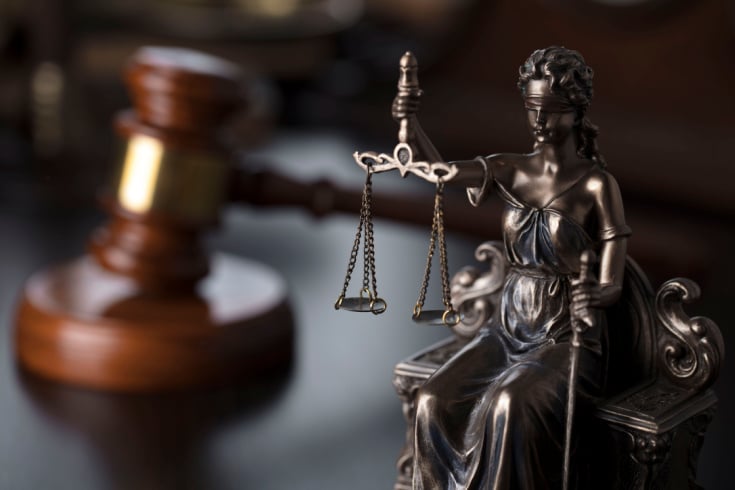
In the copyright infringement lawsuit concerning the quotation of Twitter screenshots, the interpretation and recognition of “fair practice,” a requirement of the Japanese Copyright Law, became a major point of contention.
Although Twitter’s official stance is currently unclear, the Intellectual Property High Court of Japan has ruled that quoting screenshots on Twitter does not necessarily constitute copyright infringement.
This judgment is consistent with the Intellectual Property High Court’s rulings (November 2, 2022 (Reiwa 4) | December 26, 2022 (Reiwa 4) | April 17, 2023 (Reiwa 5)) in another lawsuit requesting the disclosure of sender information related to the quotation of Twitter screenshots.
In each case, the issue was whether the tweet, which included a screenshot of someone else’s tweet, infringed on copyright, and whether it complied with fair practice was disputed. It was argued that it violated Twitter’s terms of use or policy.
The difference between this case and the other Intellectual Property High Court rulings is whether the copyrighted work attached as a screenshot was the “text of the tweet” or the “profile picture (icon)” of the account. However, the judgment against the claim that it does not comply with fair practice because it violates the terms of use has not changed (i.e., it is a legal quotation).
In Twitter’s “Copyright Policy,” the concept of fair use of copyrighted works based on the U.S. Digital Millennium Copyright Act (DMCA) is also indicated.
As mentioned above, it is important to note that for screenshots on the internet, you must determine whether the method of quotation follows the Copyright Law on a case-by-case basis. Because the specific requirements are not clearly stated in Article 32 of the Copyright Law, the discussion about the requirements has not yet been settled.
When you want to use someone else’s copyrighted work, you generally need to obtain the copyright holder’s permission. However, from the perspective of “fair use of copyrighted works” defined in Article 1 of the Copyright Law, there are copyright restrictions in Articles 30 to 49 of the same law that allow you to use copyrighted works without obtaining the copyright holder’s permission. Quotation is one of them (Article 32 of the same law).
There may be cases where the account is private or the original tweet has a note such as “no quotation,” but such notes do not have any legal significance that affects the legality of the quotation. Therefore, even if the copyright holder prohibits the act of quotation, as long as it is recognized as a “quotation” under the Copyright Law, the act of quotation is legal.
The Difference Between Reproduction and Quotation
One must be careful when there is a statement prohibiting “reproduction”.
The difference between “reproduction” and “quotation” lies in the “proportion of other’s works to your own” and “whether permission from the copyright holder is necessary”.
In the relationship of composition ratio, if the quoted side (other’s work) exceeds the quoting side (your own work), it is considered “reproduction” rather than “quotation”.
“Reproduction” requires the permission of the copyright holder if there is a prohibition statement. Unauthorized reproduction infringes on the copyright holder’s right to reproduce, so caution is necessary.
In a Supreme Court precedent (Judgment of July 21, Reiwa 2 (2020)), it was indicated that when a tweet that uploaded someone else’s image without permission was retweeted on Twitter, the image was automatically trimmed and the name of the author included in the image was no longer displayed, the person who retweeted becomes the infringer of the author’s “right to display the name”.
In this case, the copyright holder made a request to disclose the sender’s information due to copyright infringement against both the account that tweeted the unauthorized reproduction of the image without the author’s name displayed and the account that retweeted this tweet.
The Supreme Court ruled that even if the original image (author’s name) is not displayed unless clicked (tapped) due to automatic trimming as a thumbnail image when tweeting and retweeting on Twitter’s system, it can be said that it infringes on the “right to display the name” held by the author, and the copyright holder’s request to Twitter to disclose the sender’s information was accepted.
Even if permission was obtained, if the author’s name was displayed in the original tweet, it is a rule that such trimming should not be done to make it disappear, and it cannot be blamed on the specifications of apps like Twitter. If by any chance, the original author’s name disappears, it is a rule of legal quotation to clearly state the source.
In addition, in the Supreme Court judgment, although there was a possibility that Article 19, Paragraph 3 of the Japanese Copyright Law could be applied, the conclusion was reached without becoming the subject of examination, so it is necessary to note that the scope of this judgment is limited.
In practice, it is necessary to consider based on Article 19, Paragraph 3 of the Japanese Copyright Law for each case.
Points to Consider When Using Social Media for Business
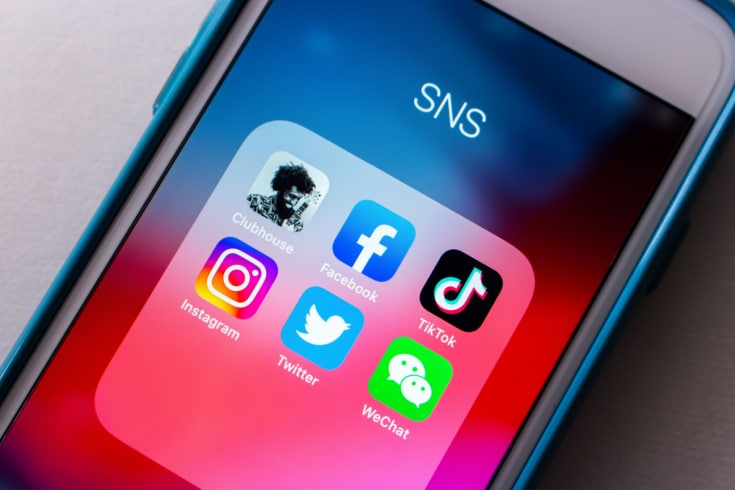
In recent years, many companies have started using social media (Twitter, Instagram, LINE, Facebook, WordPress, YouTube, blogs, etc.) for business purposes. Among these, Twitter is particularly known for its ability to spread information quickly, meaning that a single viral tweet can reach a large number of people. However, if used incorrectly, social media can lead to significant problems. It’s important to understand both the convenience and potential dangers of social media use.
When posting images, it’s important to be aware of potential violations of portrait rights. Using someone else’s photo without permission is an infringement of their portrait rights. Also, photos that can identify individuals are not acceptable.
When setting your own photo as a profile picture or posting it, you need to consider the risk of rights infringement.
Related article: Explaining the Criteria and Process for Claims for Damages Due to Portrait Rights Infringement
While the standards surrounding copyright do not change between corporations and individuals, if a corporation is deemed to have acted illegally, the social damage can be significant.
When a company uses social media, the following points should be considered:
When a company operates a Twitter account, it’s advisable to check the source of the image, the name of the author, and whether the author has given consent before retweeting a tweet containing an image related to the company, in order to avoid infringing on the right to display the name. If these cannot be confirmed, it’s better to avoid retweeting.
When tweeting an image, it’s important to handle the rights of the image and avoid using images with unclear rights. If you receive a claim that a retweet with an attached image infringes on the right to display the name, it’s crucial to consult with a lawyer promptly.
Also, as the conclusion may change due to Twitter’s specifications, it’s necessary to pay attention to changes in Twitter’s specifications.
As a measure to prevent unauthorized distribution of images for which the company is the author on Twitter, it’s possible to include a “no unauthorized reproduction” notice or the company’s “credit notation” on the image.
If you find a tweet or retweet that has unauthorizedly reproduced an image for which your company is the author on Twitter, you need to use legal procedures to request disclosure of sender information, deletion (prohibition of use), claim for damages such as copyright usage fees, return of unjust enrichment, measures for reputation recovery, and pursue criminal liability against the account.
For these procedures, it’s recommended to consult with a lawyer who is familiar with copyright measures on the internet.
Summary: Consult a Lawyer for Copyright Infringement on the Internet (twitter, etc.)
Whether quoting on the internet constitutes copyright infringement, or if you can claim copyright infringement when screenshots of your work are posted on someone else’s social media, needs to be determined according to Articles 32 and 30-2 of the Japanese Copyright Law.
Both legal judgment and litigation procedures require specialized knowledge, so we recommend consulting with a lawyer.
Measures Provided by Our Firm
Monolith Law Office is a legal office with extensive experience in both IT, particularly the internet, and law. In recent years, intellectual property rights, including copyrights, have been attracting attention. Our firm provides solutions related to intellectual property. Details are described in the following article.
Areas of practice at Monolith Law Office: IT and Intellectual Property Law for Various Companies
Category: Internet

